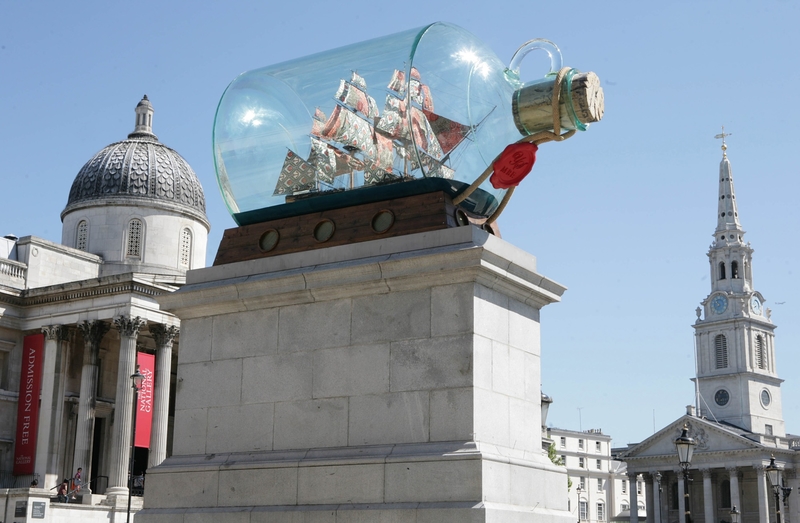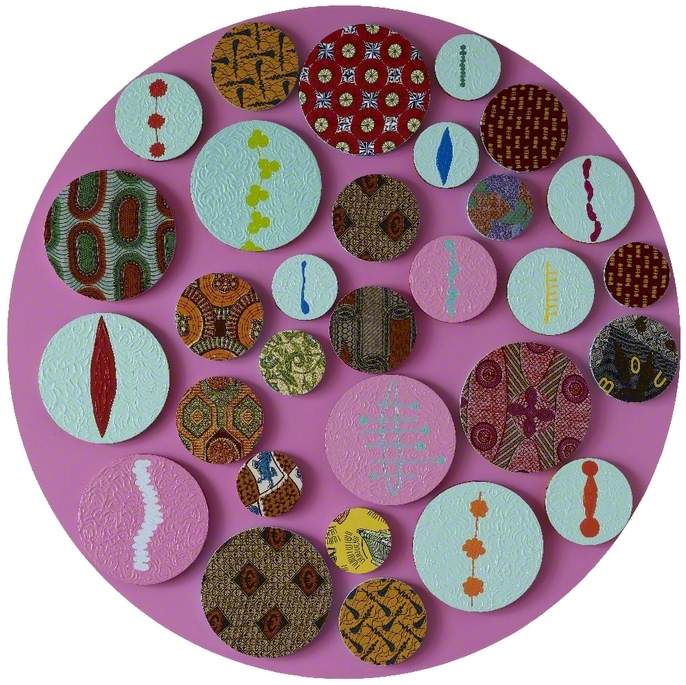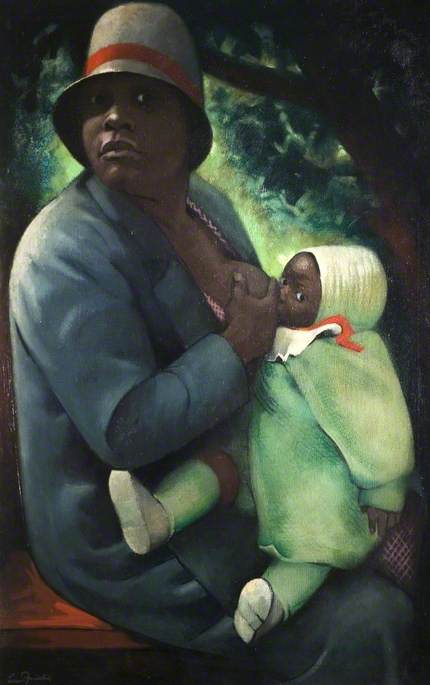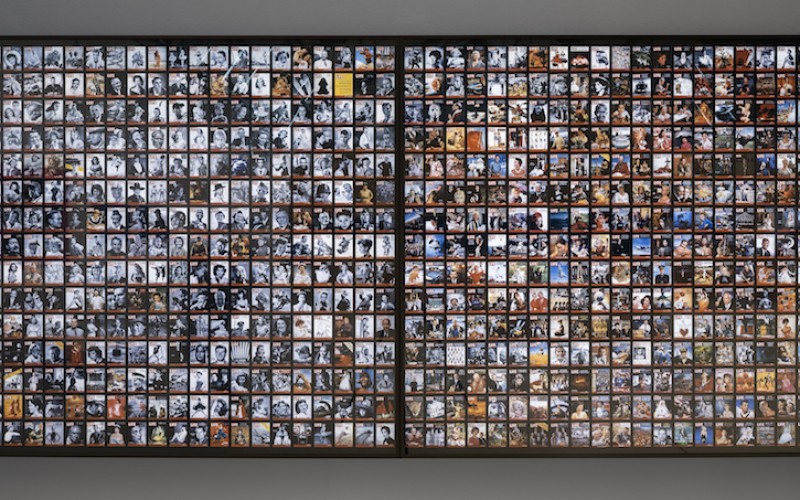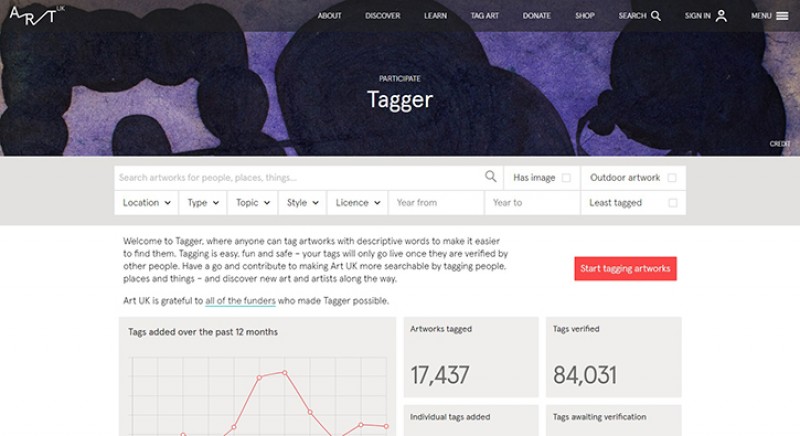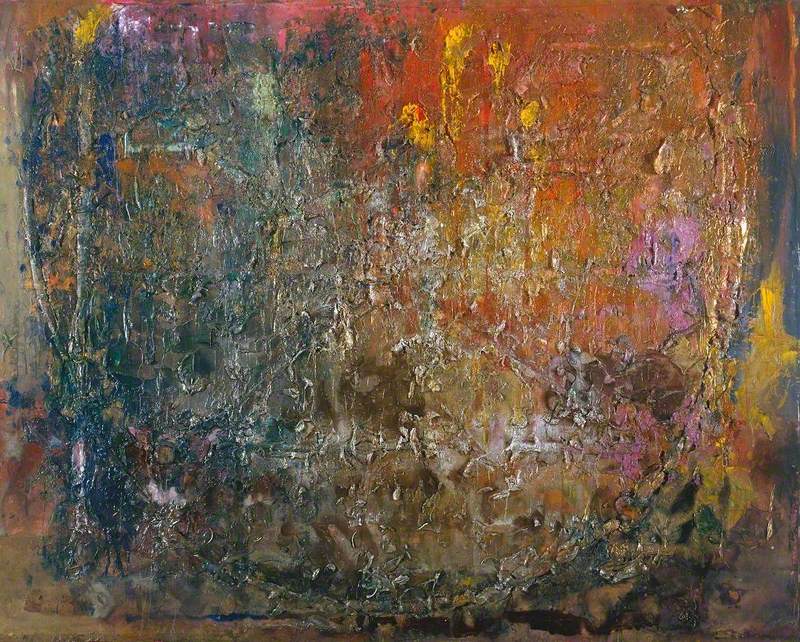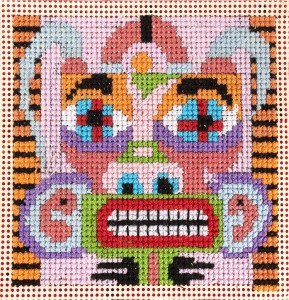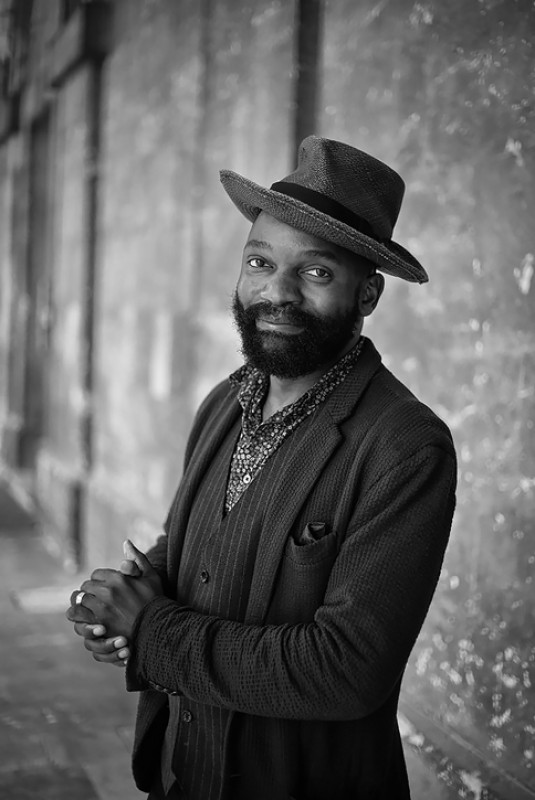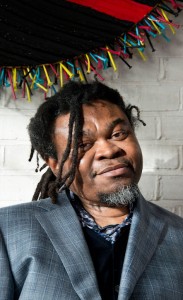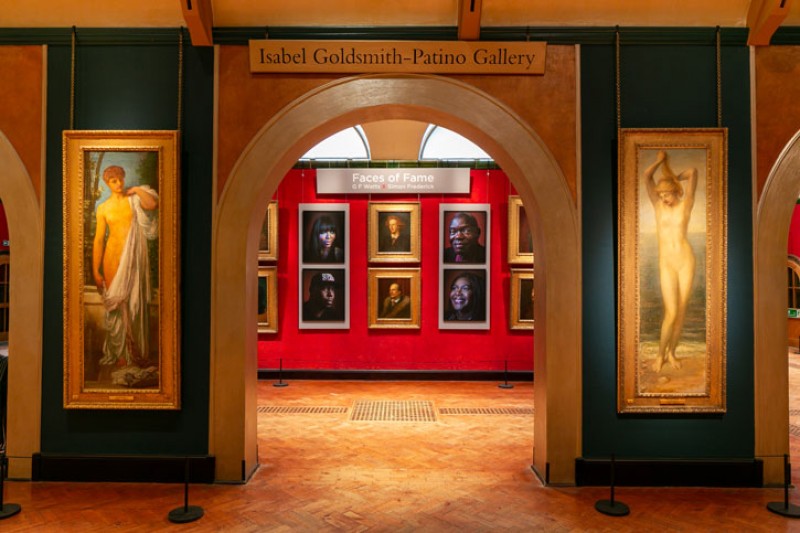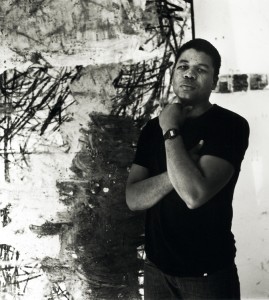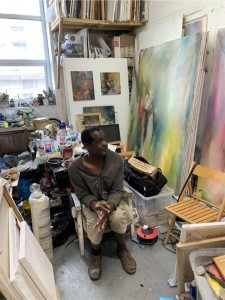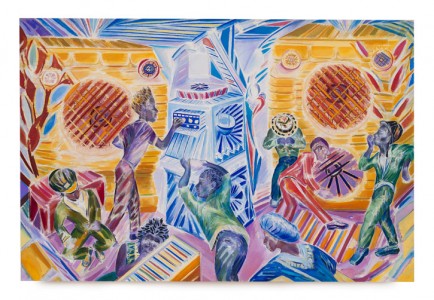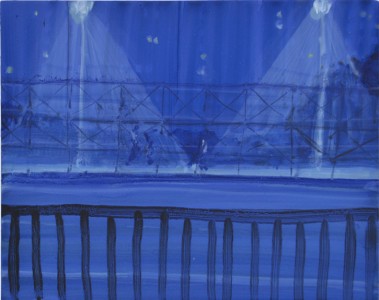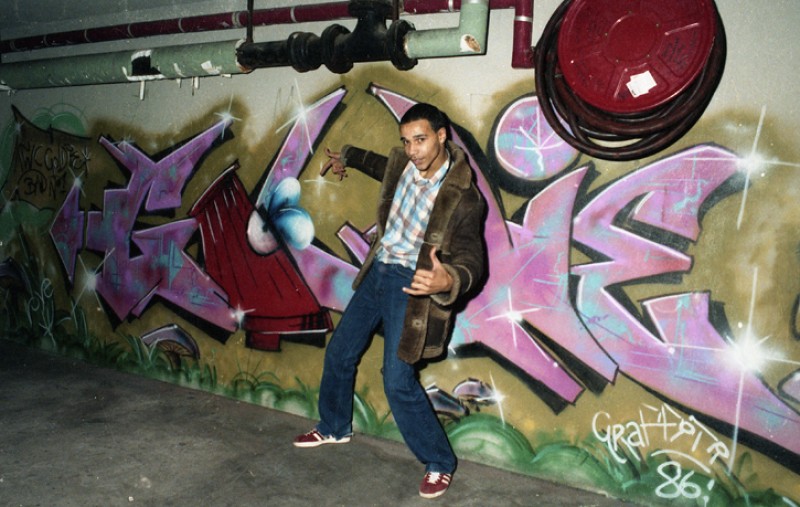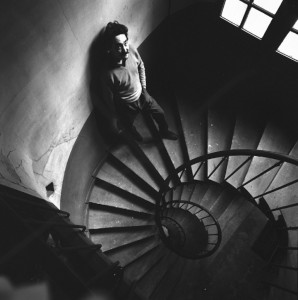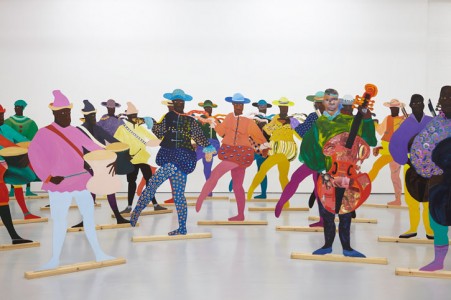A decade ago, in 2007, I was working at The National Gallery. This was the year that commemorated the 200th anniversary of the 1807 Act to abolish the British trade in African people.
At this time, British-born artist of Nigerian descent Yinka Shonibare MBE was invited to create a new installation in response to the two key portraits featured in the National Gallery's 'Scratch the Surface' exhibition. The exhibition examined the role that the slave trade played in the lives of Colonel Tarleton (an MP who argued in parliament against the abolition of the slave trade) and Mrs Oswald (who, with her husband, owed their wealth to plantations in the Americas).
Shonibare's piece was in the ornate Barry Rooms of the eighteenth-century collections. The installation literally stopped me in my tracks. I had only heard of this 2004 Turner Prize nominee. I had not actually seen his work. It was so refreshing to witness a contemporary black British artist challenge and subvert the old white British colonial narrative in a very public national collection.
Culture is not singular but plural. It is mixed. Our British community, due to its colonial, slave and imperial history, has cultural traditions taken from all over the world.
Three years later, Shonibare's work Nelson's Ship in a Bottle was displayed on the Fourth Plinth in Trafalgar Square. This was commissioned by the Mayor of London, no less, for one of the most public squares in the world. It is a scale replica of HMS Victory in a giant bottle and is now on permanent display outside the National Maritime Museum Greenwich, by the new entrance to Greenwich Park. It was the first commission ever by a black British artist for this space, and it reflected the story of multiculturalism in London.
Shonibare cleverly tied together different historical and interwoven threads. For the ship's sails, he used brightly patterned fabrics which were inspired by Indonesian batik design, which was then mass produced by the Dutch – their former colonial masters. The material and its message
Nelson's Ship in a Bottle
Yinka Shonibare (b.1962) 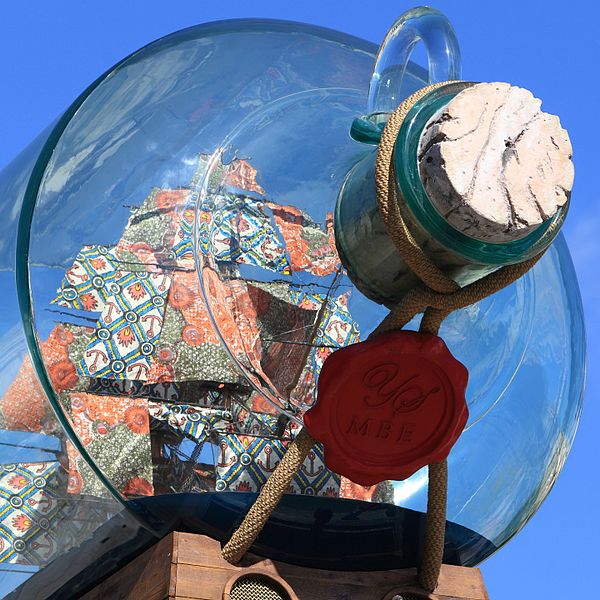
Culture is not singular but plural. It is mixed. Our British community, due to its colonial, slave and imperial history, has cultural traditions taken from all over the world. This island country has been invaded by other cultures which
Shonibare has been called many things, from 'poetic political artist' and 'maverick Yoruba trickster artist' to 'cultural hybrid'. Shonibare’s work has assimilated both his West African Nigerian roots and British influences. He was born in London in 1962 but moved back to Lagos, Nigeria at the age of three, before returning to London to study art at Byam School of Fine Art (now part of Central Saint Martins College) and then at Goldsmiths College where he received his MFA. His use of different media – photography, film, painting and sculpture – together explore controversial issues of race and class. He questions the meanings of cultural and national definitions and turns them on their heads, often literally (his sculptures are usually headless).
In 2005 he was awarded the decoration of Member of the ‘Most Excellent Order of the British Empire’. He has since absorbed the chivalric order MBE into his professional name with irony and humour: he is now part of the 'establishment', despite not accepting the status quo, continuing with his persistent deconstruction of colonisation and empire.
In September 2013 he was elected as a Royal Academician. He is only the second black British Artist to be elected by the Royal Academy, after Frank Bowling, RA.
Shonibare’s work has extraordinary resonance today as we grapple with complex issues of immigration and Brexit, which has, in part, been a consequence of the complex legacy of European colonialism. Interestingly Shonibare’s own migration to Britain was a consequence of his native Nigeria being a former British colony from 1800–1960. Nigeria became independent from Britain only two years before Shonibare's birth. From his own cultural experiences, he also raises searching and poignant questions about identity and what it means to be ‘British’ (black and British/black British/African) – or just human. He articulates the debate around the cultural difference of hybridity with
In a country that is becoming more representative, work by black British artists like Shonibare needs to reach a much more diverse audience. Many of his works are in private collections and public collections abroad. The black presence so prominent in Britain needs to be reflected in our public collections to make representation more real, fair and balanced. This demographic needs to be reflected in order to redress a huge cultural imbalance and discrimination. As a decolonised person, Shonibare has developed in his work a distinct post-colonial identity which positively liberates an artist of African descent from the traditional confines of the colonial cultural space.
Our identity is not fixed. It is fluid and changes because of globalisation and the cross-fertilisation of ideas and culture. Shonibare is both a British artist and a black British Artist; he is also Nigerian and African, and someone who happens to have a disability. Above all, Shonibare is an artist who believes in fundamental liberal human values, who challenges – in an educational and very effective way – preconceived opinions.
Rovianne Matovu, Lecturer in Art History and freelance Museum Educator
